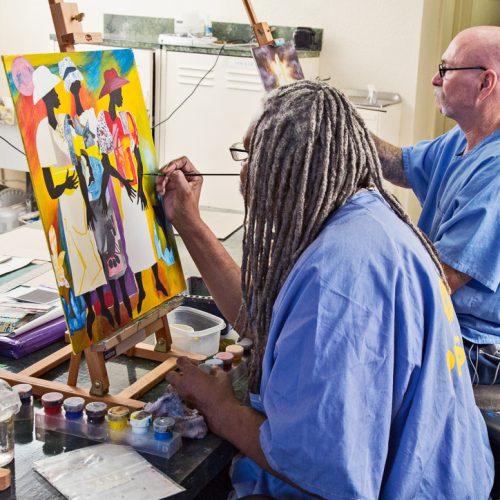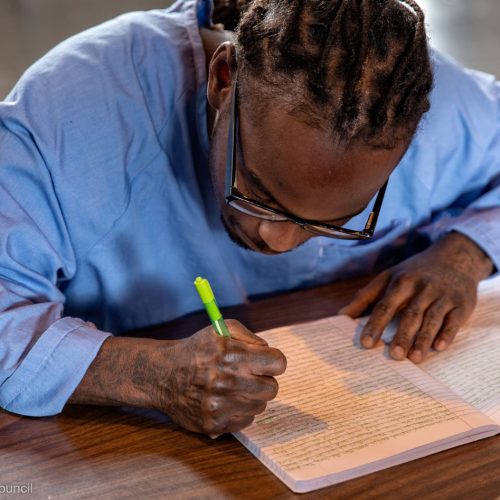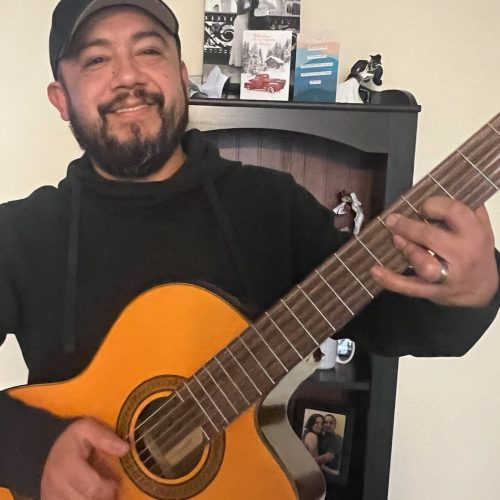Our programs cultivate community around both learning and healing through the transformative power of art. We serve California communities through our Community Arts Program, Poetic Justice Program, and Prison Arts Program.
Prison Arts Projects
Arts in Correction Artist Orientation
Discover the multidisciplinary instructional fine arts program of Arts-in-Corrections (AIC) that opens doors of opportunity for incarcerated individuals. Through immersive classes, workshops, and performances, AIC provides hands-on experiences in various fine art and fine craft disciplines. Learn more about being an arts instructor and apply today.
Employee Orientation
Details about WJA’s Employee Handbook, Acknowledgement of Receipt and Review as well as Teaching Artists terms and conditions as well as orientation
Attendance Help
We’ve been sending out attendance forms specific to each individual workshop. If you have multiple workshops each attendance sheet has its own unique ID number
Prison Arts Programs Resources
A Prisoners Rules for Accountable Arts Engagement Vern McKee
Bill Cleveland played a leading role in the Arts-In-Corrections Program in the 80s and subsequently authored Art in Other Places: Artists at Work in America’s Community and Social Institutions.
Bill Cleveland writes, “Vern McKee was president of the both the Art and Musicians Guilds at Vacaville Prison. Back when we started he told us that bringing the arts into Vacaville would save both lives and money. He was right about that. He was also right-on with the advice he gave to me in the summer of 83′. He said that our honeymoon was over and that given the rising tensions in the system, there were a lot of lives at stake with little room for error. Then he shared what I have come to call Vern’s Rules.”
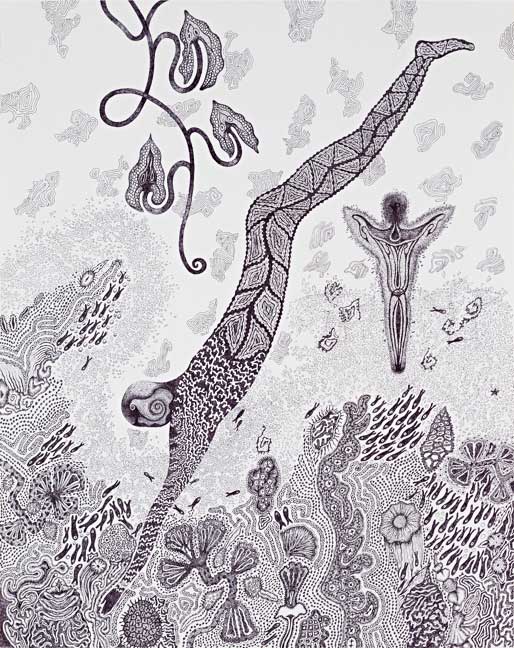
Poetic Justice Project
The Hard Facts
The number of people incarcerated in state and federal prisons increased by 9.7 % from 1,391,261 to 1,526,792 between 2000 and 2015. In addition to the nearly 1.5 million people in state and federal prisons, there were 721,300 people in local jails in 2015, yielding a total incarcerated population of 2.2 million.
Between 2010 and 2015 the number of people in prison decreased by 4.9%. 1 in Every 115 adults was in prison or jail in 2015.
4.6 million people were on probation or parole in 2015 for a total of 6.7 million people in America under some form of criminal justice supervision. The 2015 U.S incarceration rate of 670 per 100,000 population is the highest in the world
Community Arts
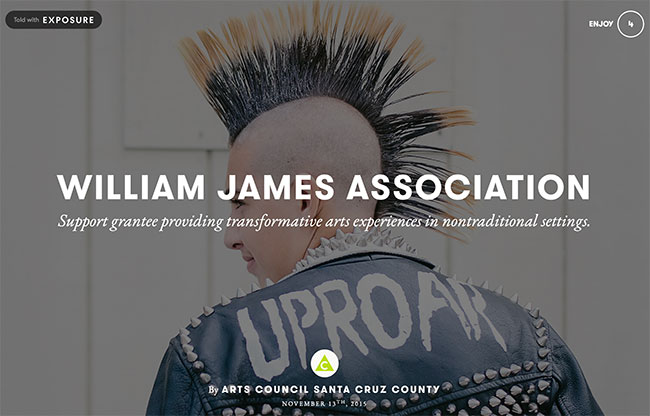
Community Youths Art
The Community Youth Arts Project (CYAP) was created to provide quality, in-depth arts experiences for at-risk youth, in the belief that participation in the artistic process positively affects their view of themselves and the world around them. Hands-on, visual, literary and performing arts programs, are facilitated by the project. Such experiences satisfy the human need for creativity, recognition and respect. Participants develop qualities such as responsibility, self-discipline, creative problem-solving and cooperation. The depth and quality of arts instruction is essential to the success of the program. At the heart of CYAP’s approach lies the recognition that these arts experiences go far beyond simple creative outlets. They serve as catalysts for personal growth, instilling essential qualities such as responsibility, self-discipline, creative problem-solving, and cooperation.
Fiscal Sponsorship
The William James Association is a non-profit community service corporation operating under Section 501(c) (3) of the IRS tax code. Through its Fiscal Sponsorship Program, the Association assists individuals and community organizations consistent with its service mission by providing administrative support, tax-exempt status, and fiscal sponsorship. The purpose of the William James Association Sponsorship Program is twofold:
- Provide managerial support and guidance to individuals and organizations so that they may produce temporary projects or begin to develop as ongoing organizations.
- Ensure funding agencies and contributors that funds are well-managed, spent according to their guidelines, and that proposed services are delivered.
As a fiscal sponsor, the William James Association can provide:
- Sponsorship of grant applications and administration of grant funds through a pre-approved grant relationship.
- Formal acknowledgment to funding sources and monitoring of expenditures to ensure that they are in keeping with the original proposals, contracts, or funding letters.
- Staff consultation on writing of grants and final reports to funders (sponsored party is responsible for actual writing of all materials).
